DR. RICHARD L. THOMPSON, PhD, grew up among people who had eliminated God from their lives: his parents went to church but didn’t believe what they heard there and their indifference to religion rubbed off on him. By the time he was in high school, Thompson was drawn to science. The more he heard science’s explanation of life, the more science, too, lost its allure. The notion that consciousness could be explained by patterns of oscillating molecular balls and springs made no sense to him. He looked forward to college. “That’s where I’ll find satisfying knowledge,” he thought.
 In college, things got worse. The professors seemed even more convinced that all natural phenomena could be described by mathematical laws. The universe and life itself, according to them, were products of a cold, impersonal natural order. Tall, studious and gifted with a keen intellect, Thompson looked at problems from unusual angles. He was convinced modern science was wrong to define life in purely mechanistic terms and set out to find a better explanation of how reality operated. If traditional institutions of higher learning had no satisfying answers for life’s Grand Questions, there had to be other places he could turn.
In college, things got worse. The professors seemed even more convinced that all natural phenomena could be described by mathematical laws. The universe and life itself, according to them, were products of a cold, impersonal natural order. Tall, studious and gifted with a keen intellect, Thompson looked at problems from unusual angles. He was convinced modern science was wrong to define life in purely mechanistic terms and set out to find a better explanation of how reality operated. If traditional institutions of higher learning had no satisfying answers for life’s Grand Questions, there had to be other places he could turn.
In 1969, while earning his Master degree in mathematics at Cornell University, Thompson read books on Indian philosophy, including a copy of Bhaktivinode Thakur’s biography of Chaitanya Mahaprabhu. Each individual soul, the book described, was a spark of non-material energy, simultaneously one with and also different from Krishna, the Supreme Person. That struck a chord with Thompson. The idea that consciousness originated not from matter but from a higher order of energy appealed to him.
He next came upon a book with the intriguing title Easy Journey to Other Planets, first published in India in 1960, and was fascinated by its origins. The author, A.C. Bhaktivedanta Swami, had read in an October, 1959, issue of the Times of India that two physicists from the University of California had received the Nobel Prize for a startling discovery. Some particles, the physicists announced, were coupled with other particles spinning in reverse orbit. The physicists concluded there must exist an anti-material world parallel to our own world. They further theorized that, as pure energy, anti-material particles might prove to be an ideal fuel for interplanetary travel.
As a former pharmacist, Bhaktivedanta Swami understood the value of science on its own terms. After all, doctors did good work without having to invoke supernatural forces. Still, the Times of India article prompted the thought that contemporary scientific language might serve to convey to Western audiences the Vaishnava perspective on consciousness. Terms in the Times of India article suggested poetic equivalents: souls as “anti-material” particles, the spiritual universe as an eternal realm “spinning” opposite to the world around us, mystic yoga as a path to “interplanetary travel.” The Swami wrote a thirty-eight-page essay called “Easy Journey to Other Planets,” later published as the book Thompson had found.
“The latest desire man has developed,” Thompson read in Easy Journey, “is the desire to travel to other planets.” Such a desire was natural, since the soul originally belonged to an “anti-material world” where life is eternal, blissful and fully self-aware. The desire for interplanetary travel could be fulfilled by the process of Bhakti Yoga — the highest of all yogic processes.
The book went on to explain that, like antimatter, the “anti-material world” of the soul could only be understood by moving past realities felt and seen, to realities intuited. The secrets of creation would not be found with electron microscopes and orbiting optical telescopes, which were hampered by the limitations of human perceptions and thought, but by inner experiment.
Farther down, below the realm of short-lived subatomic particles, Easy Journey explained, on the most fundamental levels of creation lay an indestructible reality. This was the realm of consciousness, that part of life which was never annihilated. The Svetasvatara Upanisad gave an exact measurement: the dimension of the soul was “one ten-thousandth of the tip of a hair”. Too small to be perceived by material tools, this indestructible particle of non-material energy was so powerful that it illumined the entire body with consciousness. “The scientists’ conception of antimatter,” Easy Journey continued, “extends only to another variety of material energy, whereas the real antimatter must be entirely anti-material and free from annihilation by its very nature.”
Easy Journey quoted the Bhagavad Gita’s description of two forms of energy: one inferior (apara-prakriti) and the other superior (para-prakriti). The soul is formed of superior or anti-material energy and can never be destroyed. “Because of the presence of this anti-material particle, the material body is progressively changing from childhood to boyhood, from boyhood to youth to old age, after which the anti-material particle leaves the old, unworkable body and takes up another material body.”
Easy Journey then described that “as material atoms create the material world, so the anti-material atoms create the anti-material world with all its paraphernalia.” By using what astrophysics might later describe as black holes, master yogis “give up their material bodies at will at a certain opportune moment and can thus enter the anti-material worlds through a specific thoroughfare which connects the material and anti-material worlds.”
From the Vedic perspective, the book concluded, interplanetary travel depended not on technology but on mental preparation. “Scientists who explore outer space in an attempt to reach other planets by mechanical means must realize that organisms adapted to the atmosphere of the earth cannot exist in the atmospheres of other planets. One can attempt to [inhabit] any planet he desires, but this is only possible by psychological changes.”
Easy Journey cited the Bhagavad Gita’s prescription for travel between worlds: “That upon which a person meditates at the time of death, quitting his body absorbed in the thought thereof, that particular thing he attains after death.” Such transfer to other worlds takes place instantly, at the speed of mind, and for a master yogi it is “as easy as an ordinary man’s walking to the grocery store. By the grace of God, we have complete freedom. Because the Lord is kind to us, we can live anywhere — either in the spiritual sky or in the material sky, upon whichever planet we desire. However, misuse of this freedom causes one to fall down into the material world and suffer the threefold miseries of conditioned life. Easy Journey concluded that “Bhakti Yoga is the eternal religion of man. At a time when material science predominates all subjects — including the tenets of religion — it would be enlivening to see the principles of the eternal religion of man from the viewpoint of the modern scientist.”
IT WAS CLEAR TO PROFESSOR THOMPSON that the book was a semantic exercise but it was one that had required a bold, intuitive leap on the author’s part. Bhaktivedanta Swami, it seemed to him, had discovered a way to make use of scientific terminology to show the relevance of Vedic teachings. The book even alluded to the multiverse, a theory of infinite universes which had only recently made its appearance in scientific circles in 1960 when Easy Journey was first published.
On an emotional level, Thompson found Easy Journey exciting. Intellectually, however, he was torn. Was the Swami just trying to validate religious myths with science? “How could this stuff possibly be true?” Thompson wondered. “Life on other planets? Mystic space travel? This is so different from what I’ve been trained to believe all my life.”
Thompson was of that generation of twentieth-century scientists who had begun asking new questions since, for all practical purposes, science had reached the limits of its ability to see past the very small or penetrate beyond the very distant. What lay on the other side of those limits? Something more than the reductionist picture of the universe was going on; but for fear of being marginalized or losing their jobs, at that time none dared call it divinity. Twenty-two-year-old Richard Thompson walked the streets of Ithaca, New York, displaced from the world he knew yet uncertain about the world he had discovered.
“Just thinking science wrong and the Vedic view right — that’s not sufficient,” he concluded. “There has to be a way to reconcile the two. That would be important. If I’m feeling this way, there must be others who are torn by the contradiction between modern science and Vedic knowledge. If I can put those two things together, maybe I can help them, as well as myself.” Eventually, he approached the book’s author, A.C. Bhaktivedata Swami Prabhupada, for initiation and received the name Sadaputa Das. Over the next thirty years, Sadaputa dedicated himself to defining the relationship between science and religion.
“Some see it as one of inevitable conflict,” he wrote in the introduction to a collection of his essays, “others see it as harmonious, and still others see differences that they hope to reconcile. For many years, I was one of the latter. However, I have come to realize another potential relationship between religion and science. Both can cross-fertilize one another with inspiring new ideas that may ultimately culminate in a synthesis that goes beyond our understanding of either.”
In his career as a devotee scientist, Sadaputa emulated his teacher, Prabhupada, in pointing out the shortcomings of attempting to explain consciousness and complex biological forms in purely mechanistic terms. He would go on to write several acclaimed books that reconciled prevailing scientific perspectives with the Vaishnava viewpoint.
“I liked the third chapter of Mechanistic and Nonmechanistic Science very much,” wrote Eugene Wigner, a theoretical physicist who had won the Nobel Prize in 1963 for his contributions to the study of elementary particles. “In particular, it acquainted me with the Bhagavad Gita. I learned that the basic philosophical ideas on existence are virtually identical with those which quantum mechanics led me to.” Another Nobel laureate, Brian Josephson, best known for his pioneering work on superconductivity and quantum tunneling, admired Thompson’s “cogent arguments against the usual scientific picture of life and evolution.” Like his guru, Prabhupada, Sadaputa managed to shine a light on scientific anomalies while maintaining utmost respect for good science. “Because he loves science,” wrote a reviewer, “he is pained by its contradictions and seeks its intelligibility in a larger context.”
BY 1973, Prabhupada had initiated several scientist disciples and founded the Bhaktivedanta Institute, whose mission was to establish the Vedic viewpoint as scientifically defensible. “Our worship of Krishna,” he told them during a morning walk in Los Angeles, “is our internal affair. The external affair is to establish that life comes from life. Otherwise, atheistic scientists will misguide society. Because it is truth, you will come out triumphant, no doubt, but your work is to determine how to present it in a modern way.” Encouraging — and initiating — scientists became a seminal component of Prabhupada’s campaign to establish the Vedic viewpoint in the West.













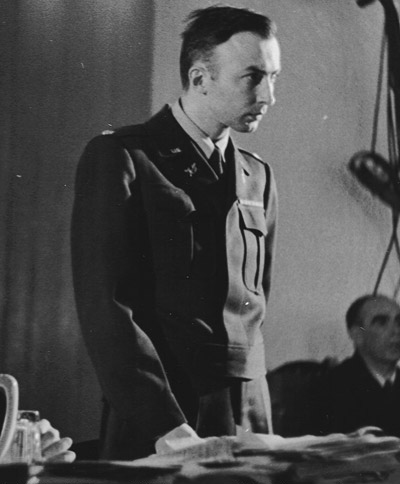



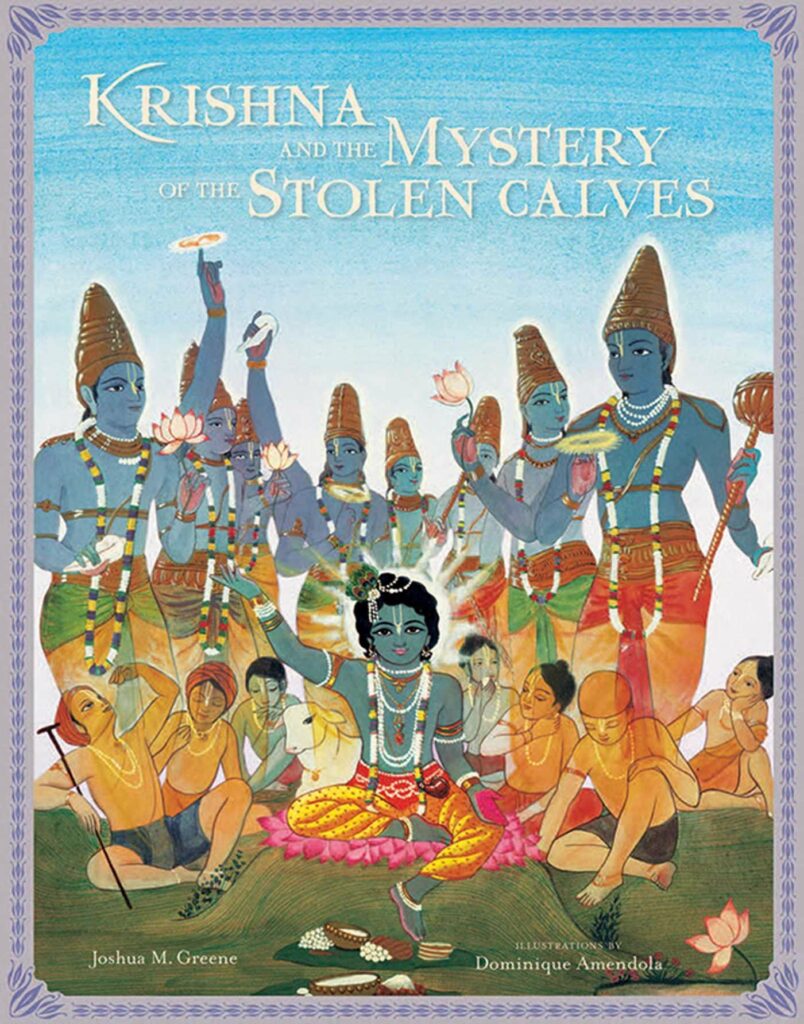
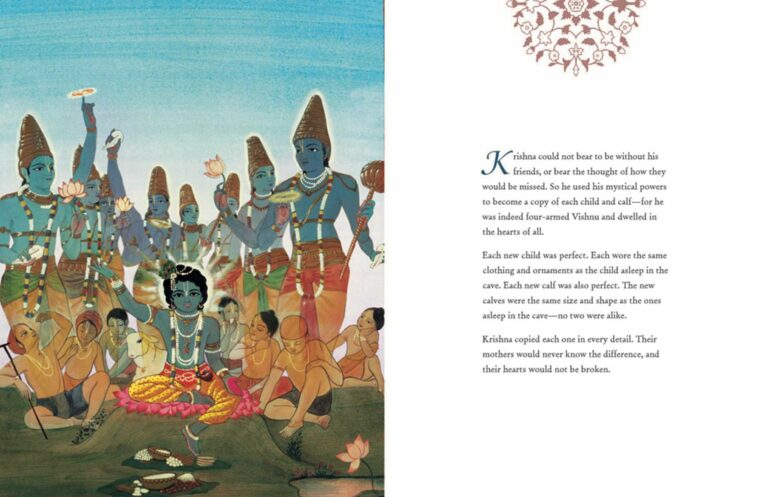
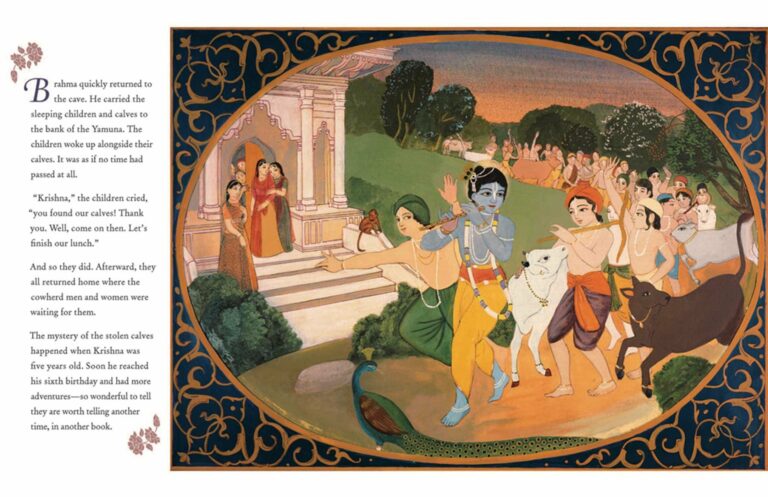
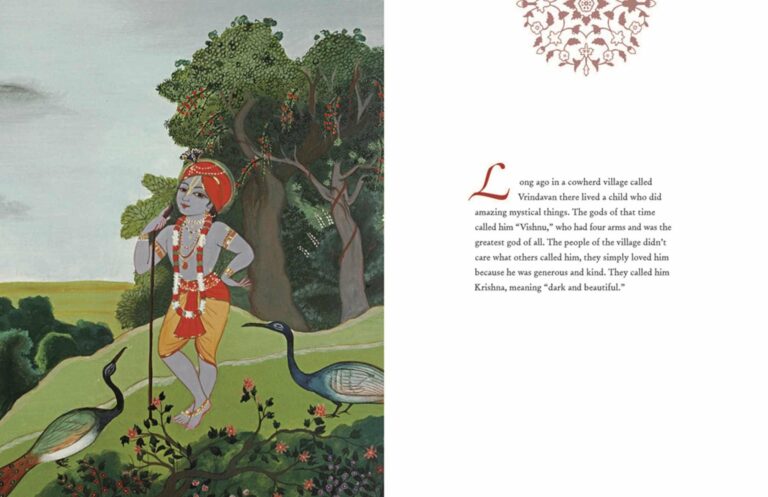


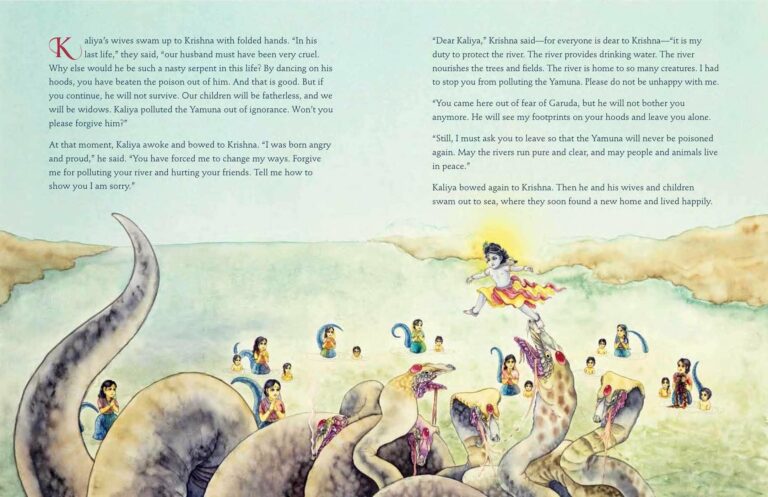
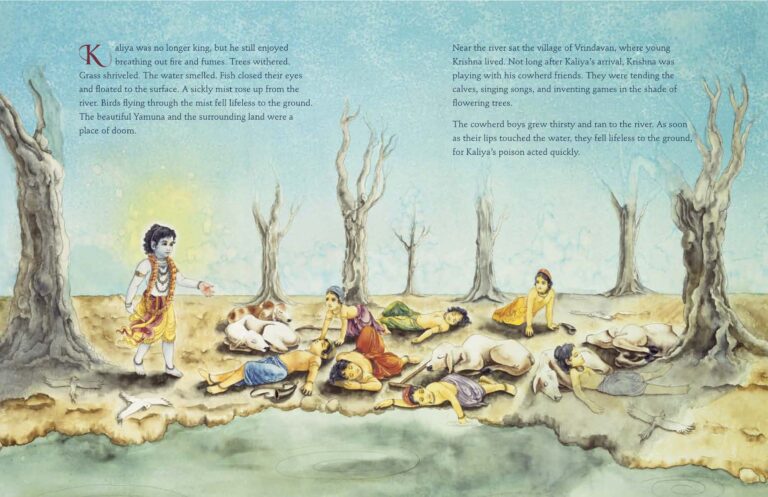
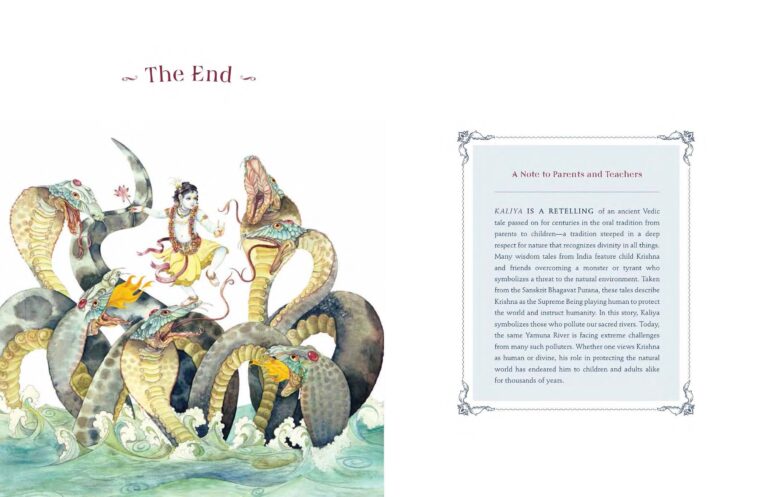
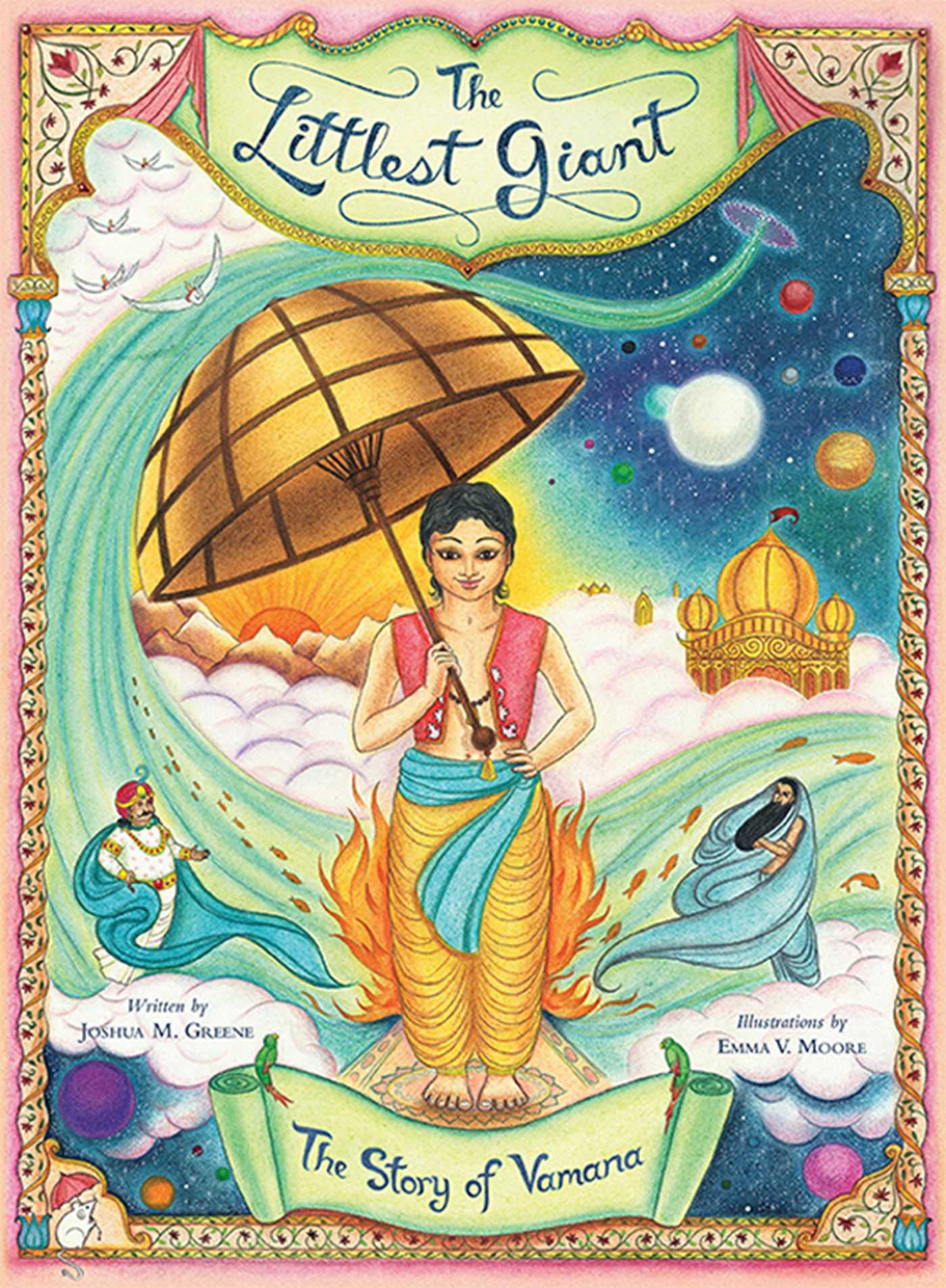







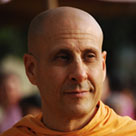






 In college, things got worse. The professors seemed even more convinced that all natural phenomena could be described by mathematical laws. The universe and life itself, according to them, were products of a cold, impersonal natural order. Tall, studious and gifted with a keen intellect, Thompson looked at problems from unusual angles. He was convinced modern science was wrong to define life in purely mechanistic terms and set out to find a better explanation of how reality operated. If traditional institutions of higher learning had no satisfying answers for life’s Grand Questions, there had to be other places he could turn.
In college, things got worse. The professors seemed even more convinced that all natural phenomena could be described by mathematical laws. The universe and life itself, according to them, were products of a cold, impersonal natural order. Tall, studious and gifted with a keen intellect, Thompson looked at problems from unusual angles. He was convinced modern science was wrong to define life in purely mechanistic terms and set out to find a better explanation of how reality operated. If traditional institutions of higher learning had no satisfying answers for life’s Grand Questions, there had to be other places he could turn.
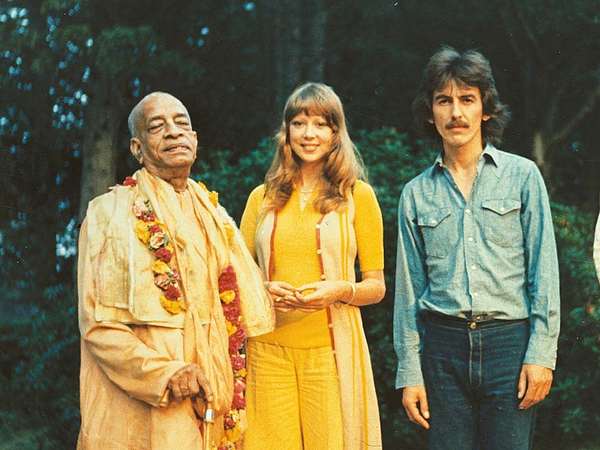
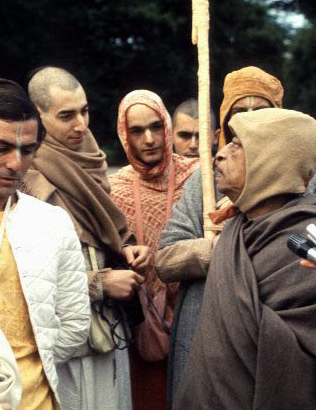









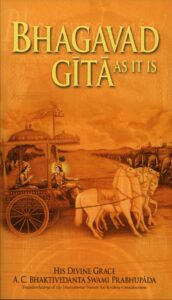

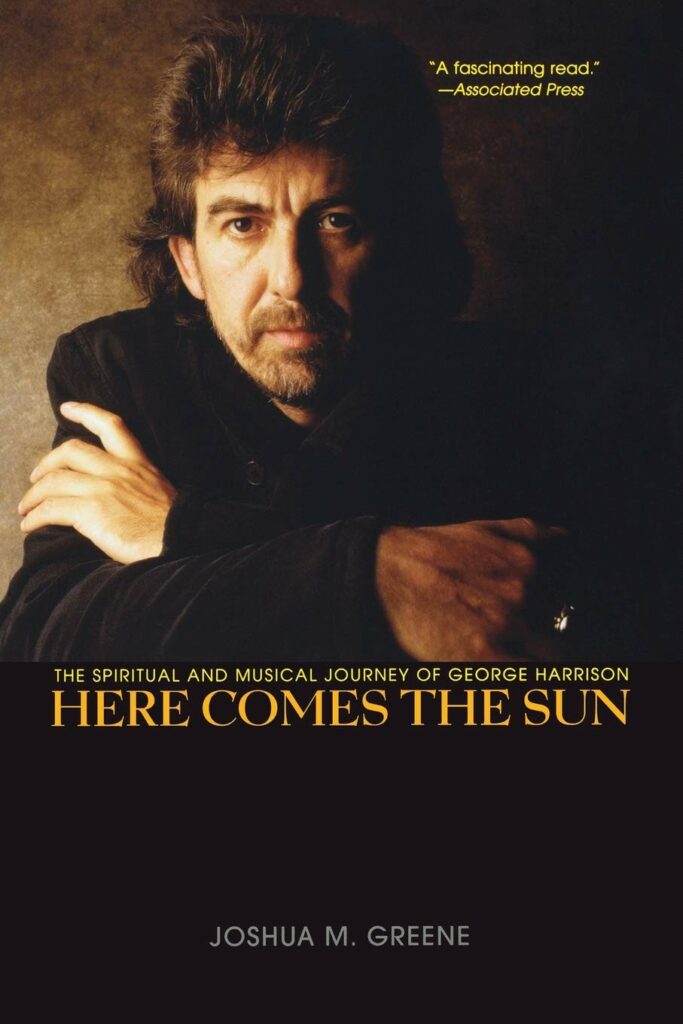
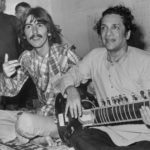 It’s hard to imagine what it was like for him, becoming rich and famous beyond calculating by age 23, and having so many profound experiences at such a young age. His life was compressed. He owned everything worth owning, met everyone worth meeting, but he also had the innate intelligence to know that “there’s something more to life than boogying,” as he put it. He said his great fortune was learning what “something more” was, first through the spiritual music of Ravi Shankar, and then through the teachings of India’s yogis and gurus.
It’s hard to imagine what it was like for him, becoming rich and famous beyond calculating by age 23, and having so many profound experiences at such a young age. His life was compressed. He owned everything worth owning, met everyone worth meeting, but he also had the innate intelligence to know that “there’s something more to life than boogying,” as he put it. He said his great fortune was learning what “something more” was, first through the spiritual music of Ravi Shankar, and then through the teachings of India’s yogis and gurus.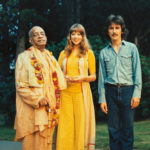 I wasn’t aware of how difficult it was to live his life, constantly targeted by exploiters, constantly deprived of his privacy—which was a moral issue that had to be confronted before writing this book. He had marvelous parents and he took guidance from the best teachers he could find, and those supports helped him eventually shed a lot of anger and bitterness. By the end of his life, he had achieved a very heightened, pure state of consciousness.
I wasn’t aware of how difficult it was to live his life, constantly targeted by exploiters, constantly deprived of his privacy—which was a moral issue that had to be confronted before writing this book. He had marvelous parents and he took guidance from the best teachers he could find, and those supports helped him eventually shed a lot of anger and bitterness. By the end of his life, he had achieved a very heightened, pure state of consciousness.